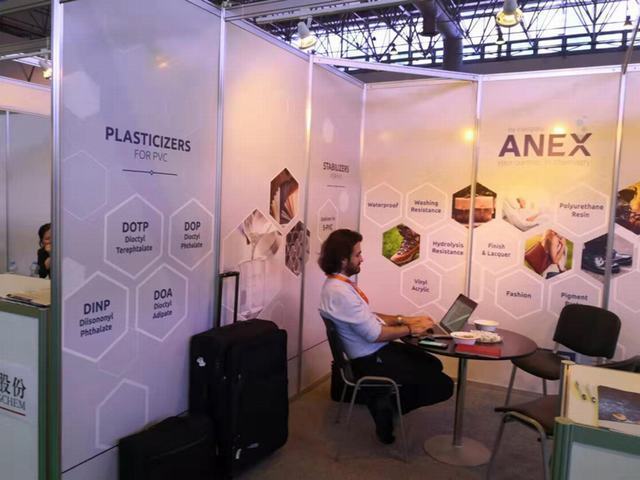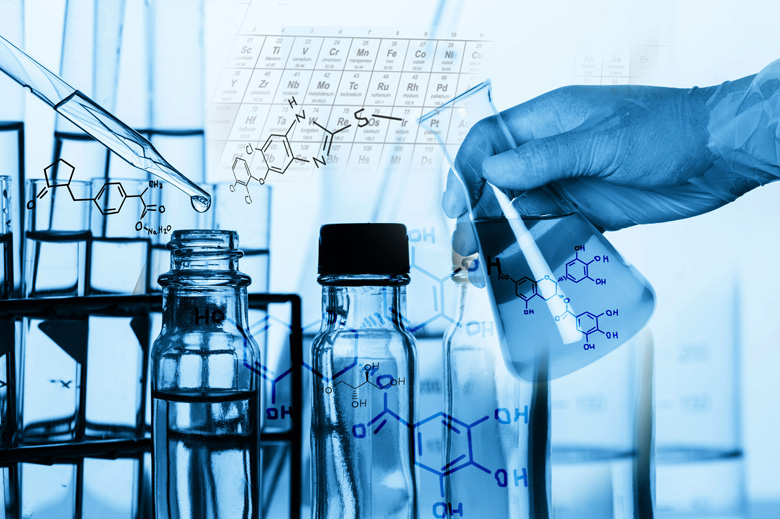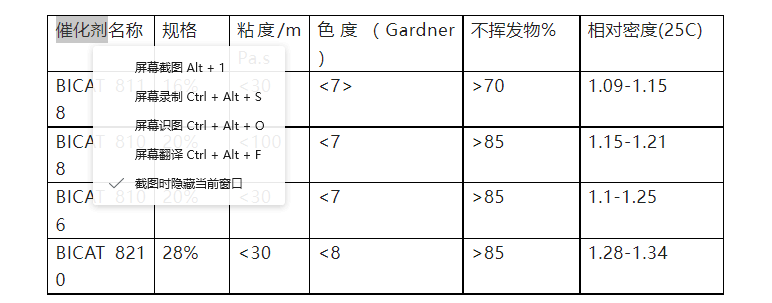There are many types of catalysts for polyurethane, with different catalytic activities and effects. In the production of polyurethane products, it is necessary to choose carefully according to the raw material species, production method, product application and performance requirements. Now, we will compare the use of different catalysts according to different applications and respective processing condition

I. Polyurethane soft foam and hard foam industry
The commonly used organotin catalysts such as T12, stannous octanoate and dibutyltin dilaurate, which must be dissolved in some plasticizers, can effectively accelerate the gelation of the foam, but the amount should be controlled at the lower limit, otherwise it will be too fast gelation, shrinkage, cracking and other phenomena. The organotin compound can coordinate with the -NCO group in the morning of the isocyanate and polarize the -NCO, which makes the positively charged carbon atoms in the isocyanate molecule more active and more susceptible to attack by the end hydroxyl groups of the polyol polymer.

Compared with tin catalysts, the environmentally friendly BICAT bismuth-based catalysts are non-toxic, with high catalytic activity and better selectivity for NCO groups, which can effectively promote the reaction rate between -NCO and -OH, resulting in better mechanical properties, shorter induction time and gradually increasing viscosity of the final product.
With the increasing environmental regulations, the end products are more and more demanding in terms of odor and atomization pollution, we hope that the environmental protection bismuth catalysts can help you.


